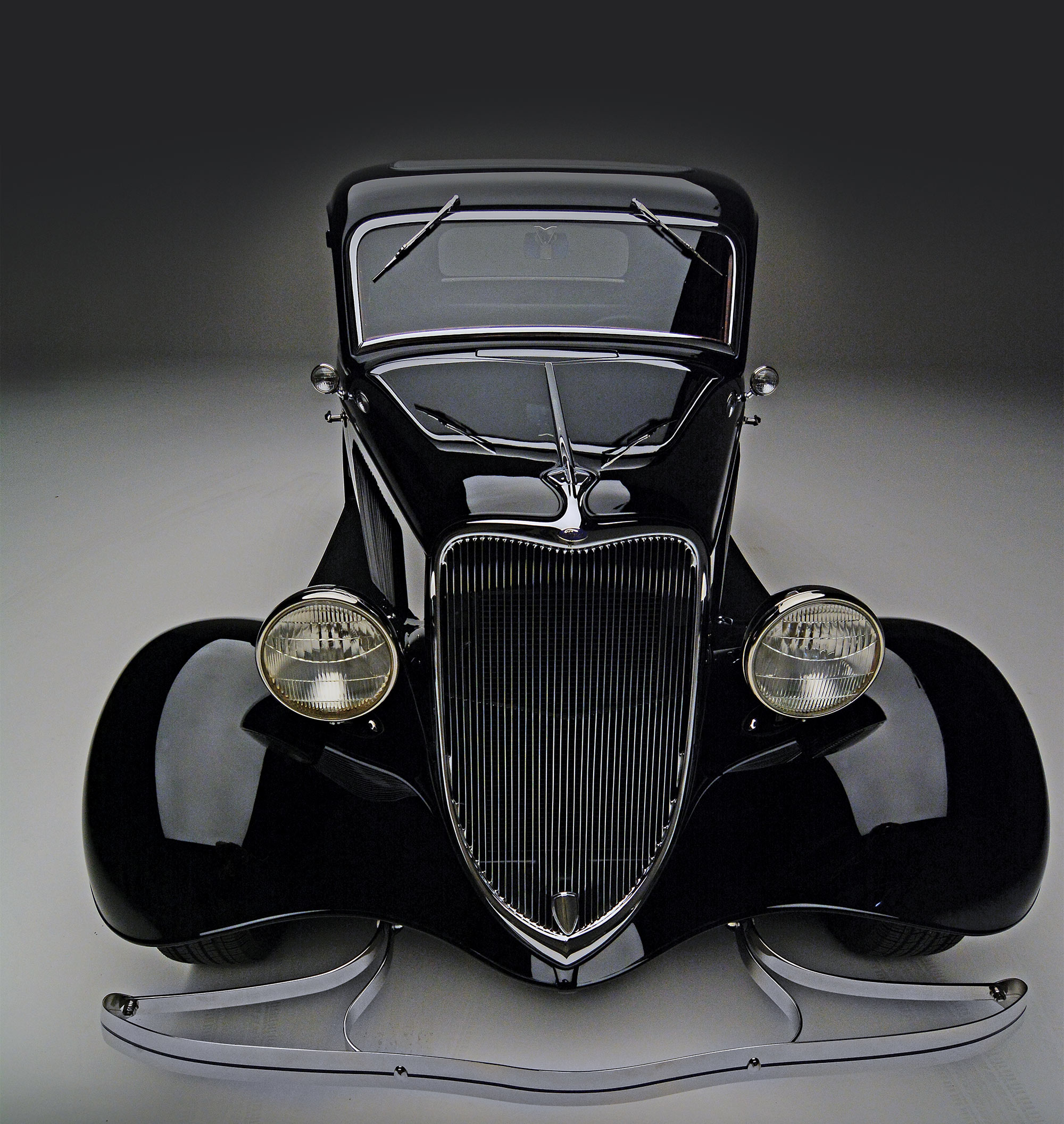 Photography by Dale Moreau
Photography by Dale Moreau
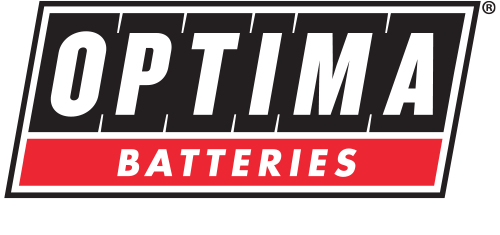
aving spent a lifetime enjoying the car hobby from the curb, Jeff High (Shoreline, Washington) thought it was time to drive onto the onramp and have some fun of his own. In the back of his mind he knew there was a way to get involved and all it would take was a friendly family conversation. As it turns out his wife’s uncle had a 1933 Ford five-window coupe tucked away in Grandma’s garage since 1975.
Jeff was able to purchase the neatly stored coupe in 2013 and thus began the journey toward turning this piece of original “Henry’s Tin” into a modern-day street rod. The car was complete and required very little in the way of sheetmetal work to make it pristine. In fact, a few minor patch panels was all it took to make this stocker ready for primetime. We see the removal of the factory rear bumper and then replaced with one from a pickup. The body itself along with the grille, hood, fenders, running boards, headlights, taillights, cowl lamps, and trim are all original. It should also be pointed out that the car’s original wood is still in use and the roof insert material is N.O.S. The exterior is painted in Henry Ford’s favorite color: black. Today’s modern paint comes from the mixing room of House of Kolor. Next up there’s a beltline pinstripe laid down by Mitch Kim.

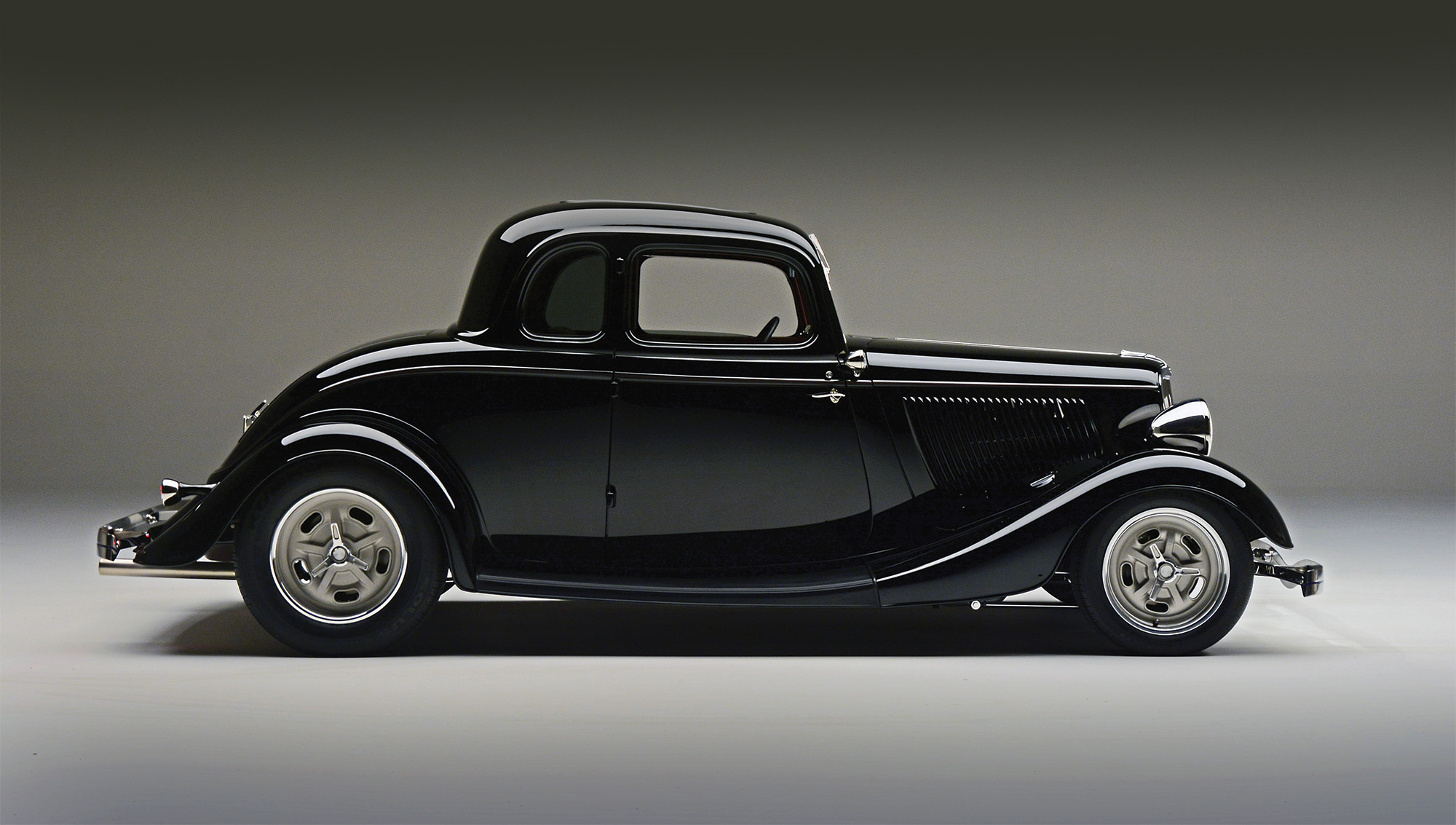
The fun in this hot rod begins under the sheetmetal (not that there’s anything not cool about a stock-bodied five-window coupe) with Steve’s Auto Restorations (SAR) seizing the stock 1933 frame and boxing the ’rails. Next up SAR hung the front and rear suspension, running brake lines, and sorted out other chores. Following along is the installation of a Super Bell chromed and dropped I-beam fitted with Pete and Jakes Hot Rod Parts (P&J) spindles, transverse leaf spring, chromed tube shocks, and a modified P&J front sway bar. Guiding this street rod down the road is a Vega steering box tied in with a Flaming River column while the braking responsibilities are handled by a Wilwood master cylinder and disc brakes (four-piston Dynalite calipers) located in the front and rear. In back is the traditional Ford 9-inch rearend (packed with 3.89 gears) positioned by coilover shocks, a P&J sway bar, and a pair of 7/8-inch mild steel tube ladder bars with urethane bushings at the front center pivot and adjustable clevises at the rear.

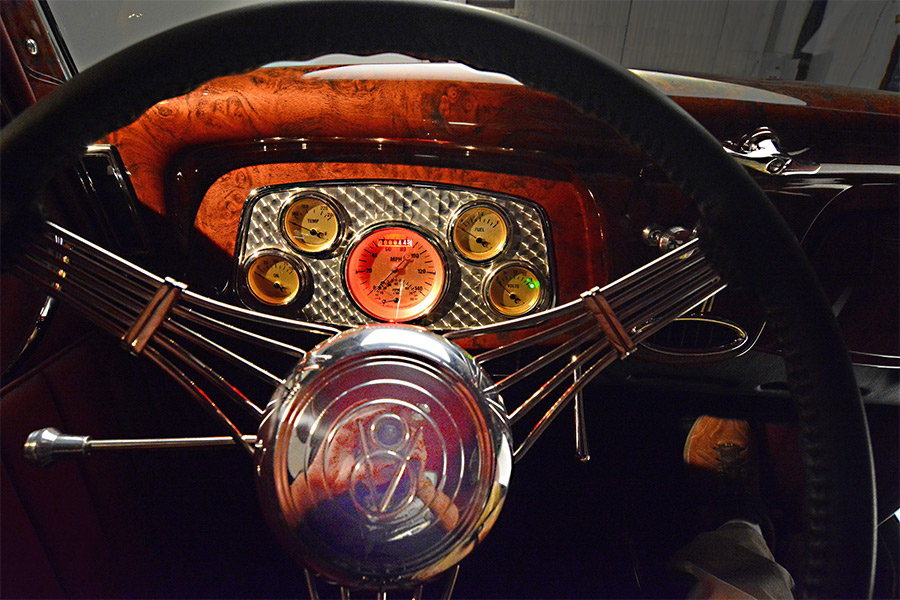

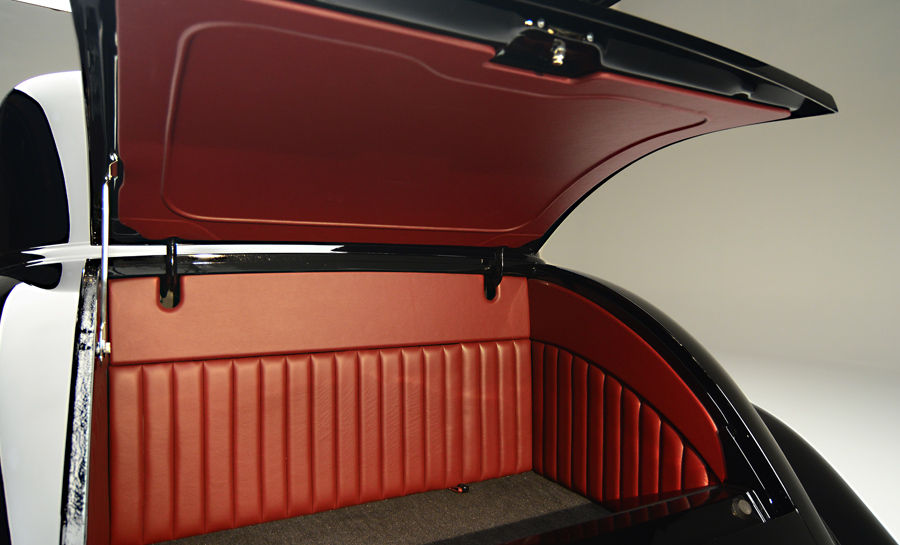

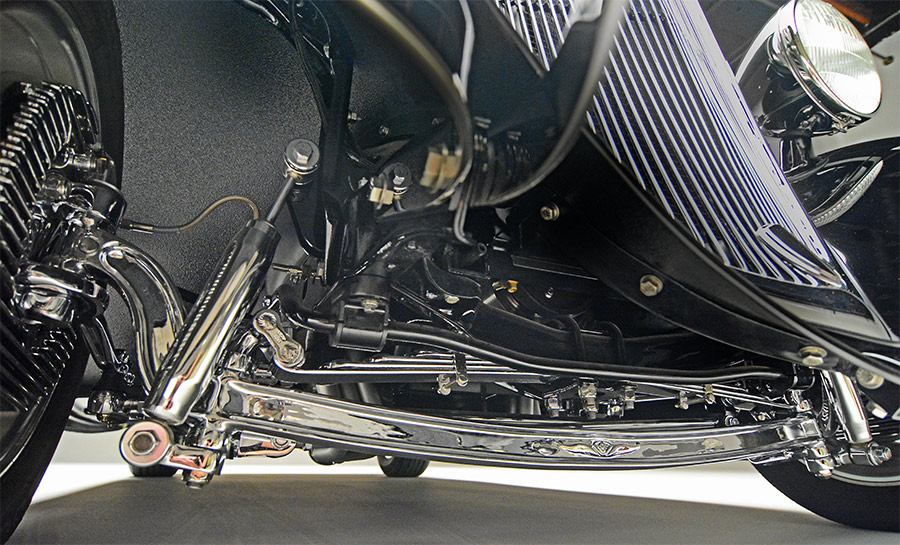

(Editor’s Note: Take a closer look at this feature and now go look at the cover and notice we show you what this car might look like if the sheetmetal was manipulated to have more of an early hot rod look. We took the liberties to chop the top while cowl lamps, passenger wiper, and the door handles and hinges are removed. On page 22 in this issue we show you what it takes to chop the top of a 1933-1934 Ford coupe. —B.B.)
